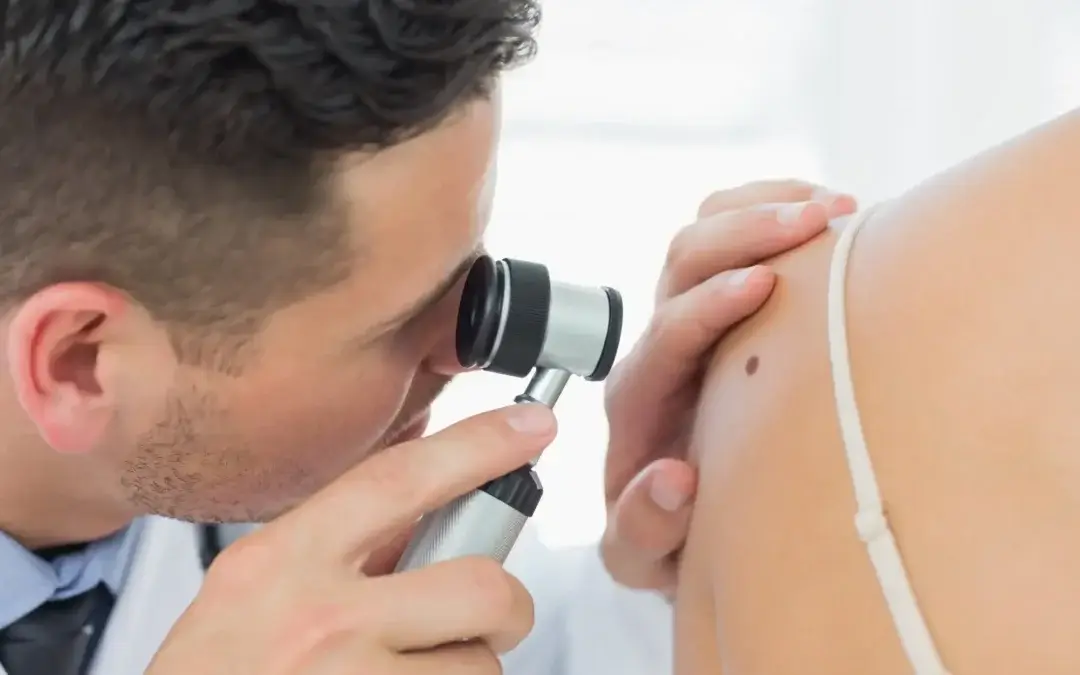The US is home to over 760,000 physicians and surgeons, including dermatologists. These medical professionals specialize in hair, skin, and nail conditions and treatments.
Hair, skin, and nail doctors typically fall into one of two categories. These are cosmetic and medical dermatology. Within these categories, there are four different branches of dermatology.
Understanding the four types of dermatologists can help you decide which professional is right for your needs. These different professionals may work together at one location, but not always.
If you are searching for a dermatologist, you need to read this guide first. Below, we will explain the different types of hair, skin, and nail specialties and how to choose the right one for you.
What Are the Different Types of Dermatologists?
Skin, hair, and nail doctors have the option to specialize in one or all of four types of dermatology, which include:
- Dermatopathology
- Cosmetic dermatology
- Mohs surgery
- Pediatric dermatology
Learn more about each type next.
Dermatopathologists
“Derm” refers to the skin, hair, and nails. Meanwhile, pathology deals with diseases. So, dermatopathologists specialize in diagnosing diseases of the skin, hair, and nails.
Cosmetic Dermatologists
A cosmetic dermatologist is similar to a plastic surgeon. These doctors provide aesthetic treatments to improve the look of patients’ skin. Cosmetic dermatology services include Botox, fillers, and laser hair removal.
Mohs Surgeons
Mohs surgery is a leading treatment for skin cancer. These skin, hair, and nail doctors have advanced training and experience performing Mohs surgery. Usually, patients need a referral to see a Mohs surgeon.
Pediatric Dermatologists
Pediatric dermatologists specialize in skin, hair, and nail diseases in children. They have expertise in diagnosing and treating conditions that commonly affect younger patients.
5 Facts About Dermatology Specialties
Now that you understand the types of skin doctors, you are probably wondering about their differences and similarities. Read on for the top five things you need to know about these specialties.
1. All Dermatologists Are Medical Professionals
There are many types of skin, hair, and nail care professionals. You may see a nail technician or a cosmetologist at a salon. Or maybe you frequently receive spa treatments from skincare specialists or estheticians.
These professionals can help you look your best, but they are not medical doctors. Only dermatologists have the education and training to diagnose and treat skin, hair, and nail conditions.
Sometimes, you can get cosmetic treatments from professionals who are not doctors. Med spas and skincare centers often employ nurses or other licensed professionals. Still, seeing a doctor for these treatments is the safer choice.
2. Cosmetic Dermatology Is Not Medically Necessary
Cosmetic dermatology is the only branch that is non-medically necessary. In other words, people elect to have these procedures. They are not required for healthy hair, skin, or nails.
An important thing to note about cosmetic procedures is that insurance doesn’t cover them. Insurers only cover medically necessary treatments. For example, they may cover surgery or treatment for a disease.
However, there are some cases where these treatments may be medically necessary. For example, consider reconstructive surgery. Insurers may pay for treatments that restore a patient’s appearance after a critical injury or illness.
3. Many Mohs Surgeons Have Advanced Training
Mohs surgeons undergo the most intensive training of any other type of skin, nail, and hair doctor. After completing medical school, they undergo up to six additional years of training and education.
The first step after med school is to complete a one-year internship. Aspiring Mohs surgeons then go on to a three-year residency, where they get to practice the skills they’ve learned so far.
After residency, many aspiring Mohs surgeons go onto a fellowship program. These programs last one to two years and feature specific training in Mohs surgery. Only then can a doctor offer this service.
4. Adults and Children See Different Specialists for Skin Conditions
Dermatopathology and pediatric dermatology are similar. Both types deal with diagnosing and treating conditions of the skin, hair, and nails. However, these doctors specialize in different patient populations.
If you have a skin, hair, or nail condition, you would see a dermatopathologist. These professionals can help with common conditions affecting adults. These conditions include acne, eczema, skin ulcers, rosacea, and psoriasis.
On the other hand, say your child or teen has a skin, hair, or nail condition. In that case, you would take them to see a pediatric dermatologist. These specialists are experts in common childhood conditions like atopic dermatitis.
5. Some Dermatology Centers Offer All of These Services
Many skin, hair, and nail doctors work in specialty practices. They may only offer one of the services we listed above. But others work in multi-specialty practices offering many or all of the above services.
There are pros and cons to both. For example, a full-service center may not employ professionals who specialize in Mohs surgery. Meanwhile, a specialty center may only handle one of your needs.
At Central Kentucky Dermatology, we offer comprehensive services, including surgical dermatology. We want to make it easier and more convenient for you to access the skin, hair, and nail services you need.
Need a Full-Service Dermatologist in Central Kentucky?
The four different types of dermatologists are dermatopathologists, cosmetic dermatologists, Mohs surgeons, and pediatric dermatologists. We hope this guide has helped you discover the right specialist for your unique needs.
Are you looking for a skin, hair, and nail center with comprehensive services in Central Kentucky? Central Kentucky Dermatology offers all the treatments you need to look your best and stay healthy. Schedule an appointment today!

